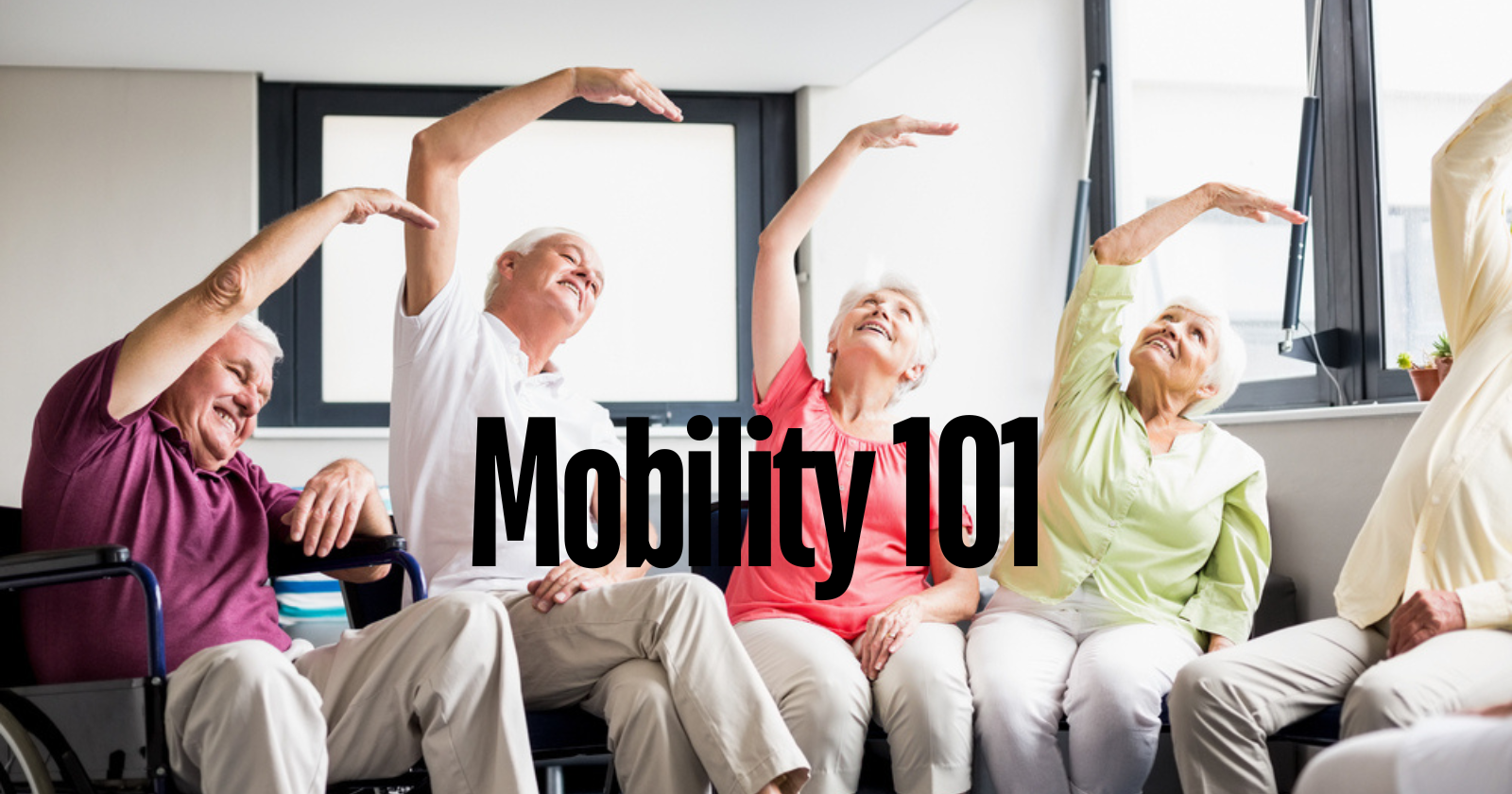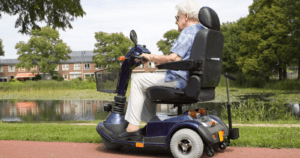Mobility is key to enhancing quality of life, whether you’re adjusting to life after an injury, managing a disability, or helping a loved one regain independence.
Finding the right tools and support for seniors, those recovering from a hospital stay, or anyone with mobility challenges can make all the difference.
From wheelchairs to walkers and everything in between, we’re here to guide you through the options that help restore freedom of movement and confidence.

Understanding Mobility Challenges
Mobility issues affect many older adults and people with disabilities. These challenges can make everyday tasks harder and impact quality of life. Let’s look at how aging, disabilities, and fall risks affect mobility.
The Role of Aging in Mobility
As you age, your body changes in ways that can limit your mobility. Your muscles may weaken and lose mass, making your joints stiffer and less flexible.
These changes can make walking, climbing stairs, or getting up from a chair harder. Your balance and coordination may also decline with age, making you feel unsteady. Your reaction time might slow down, too, making it tougher to catch yourself if you stumble.
Vision and hearing problems are more common in older adults. Poor eyesight can make it hard to see obstacles, and hearing issues may affect balance.
Common Mobility Disabilities
Mobility disabilities can have many causes. Arthritis is a frequent culprit, causing joint pain and stiffness, making walking or using your hands painful.
Neurological conditions like Parkinson’s disease or multiple sclerosis can impact your movement and balance. A stroke can lead to weakness or paralysis on one side of the body.
Injuries or surgeries may cause lasting mobility issues. A hip fracture, for example, can make walking difficult even after healing. Amputations require learning new ways to move.
Some people are born with conditions that affect mobility, such as cerebral palsy or spina bifida.
Balance and Fall Risks
Falls are a big concern for those with mobility challenges. Poor balance is often to blame. As you age, your sense of balance can worsen. This makes you more likely to lose your footing.
Weak muscles, especially in your legs, add to fall risk. You might have trouble catching yourself if you start to trip. Slower reflexes mean you may not react quickly enough to prevent a fall.
Some health conditions increase the danger of falling. Inner ear problems can cause dizziness, and low blood pressure might make you feel faint when standing up.
Certain medications can affect balance, too. They may cause drowsiness or dizziness as a side effect.
Home hazards like loose rugs or poor lighting boost fall risk. Uneven sidewalks and slippery surfaces outside are also risky.

Types of Mobility Aids
Mobility aids help people with disabilities and seniors move around more easily. These devices come in different forms to suit various needs and abilities.
Canes and Walking Sticks
Canes and walking sticks are simple but effective mobility aids. They offer support and balance for people who can walk but need extra stability.
You can choose from single-point canes, quad canes with four feet, or folding canes for easy storage. Canes help redistribute your weight and reduce stress on your legs and joints.
They’re great for mild balance issues or when you’re recovering from an injury. Walking sticks are similar but often longer and better suited for outdoor use.
Walkers and Rollators
Walkers provide more support than canes. Standard walkers have four legs and no wheels. You lift and move them forward as you walk. These are best if you need a lot of support or have poor balance.
Rollators, or wheeled walkers, have three or four wheels. They’re easier to push and often include a seat and basket. Rollators work well if you can walk but tire easily or need to rest often.
Both types help you maintain independence and reduce fall risk. Choose based on your strength and balance needs.
Wheelchairs and Scooters
Wheelchairs and scooters offer mobility for those who can’t walk or stand for long periods. Manual wheelchairs require upper body strength to self-propel. They’re good for indoor use and can be folded for transport.
Electric wheelchairs use a motor and joystick control. They’re ideal for people with limited arm strength. Mobility scooters are similar but designed more for outdoor use. They often have larger wheels and longer battery life.
These devices allow you to move around without walking. They come in various sizes and styles to fit different needs and environments.
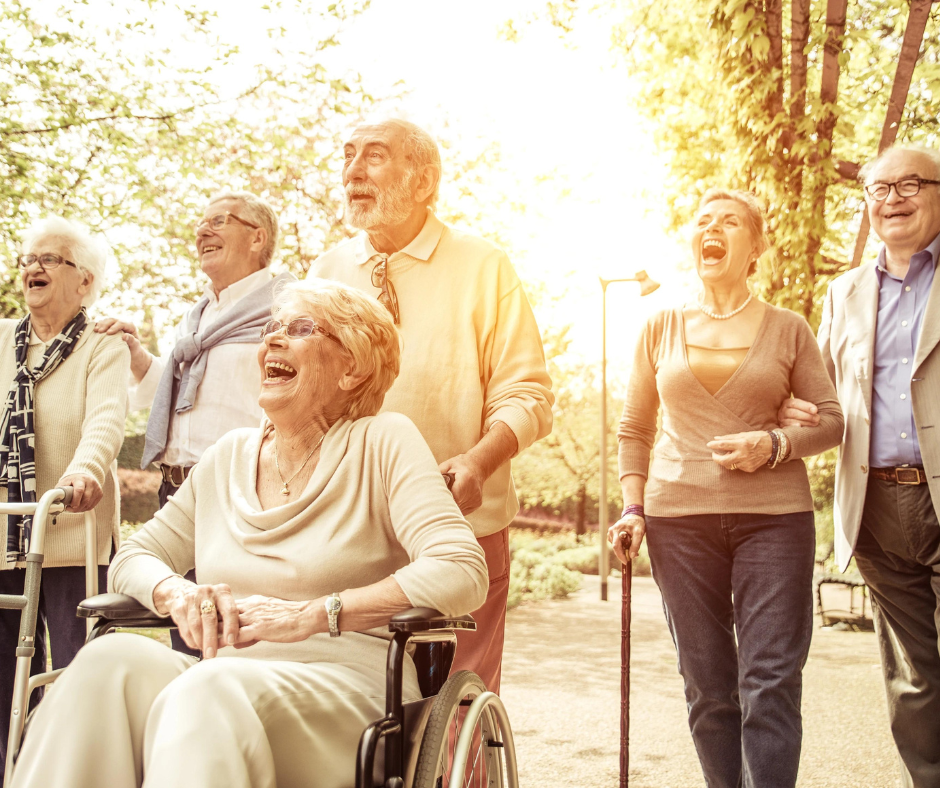
Promoting Safe Mobility
Safe mobility is crucial for disabled individuals and seniors. It allows for independence while reducing risks. Let’s explore key aspects of promoting safe mobility.
Safety Features of Mobility Aids
Mobility aids have various safety features to protect users. Wheelchairs often have anti-tip bars to prevent backward falls, and they also include seat belts for added security.
Walkers and rollators have sturdy frames and hand brakes. These features provide stability and control. Some models offer seats for rest breaks.
Canes and crutches have non-slip rubber tips for better grip. Adjustable heights ensure proper fit, reducing strain on your body.
Environmental Modification for Safety
Your home can be adapted to promote safe mobility. Remove clutter and loose rugs to create clear pathways, which reduces tripping hazards.
Install handrails along stairs and in bathrooms. They offer support and stability when moving between levels or in slippery areas.
Improve lighting throughout your home. Good visibility helps you spot obstacles and navigate safely.
Consider ramps for easier wheelchair or walker access. Widen doorways if needed to accommodate mobility devices.
Preventing Falls and Injuries
Regular exercise can improve balance and strength, lowering your risk of falling. Try tai chi or chair yoga for gentle, effective workouts.
Wear proper footwear with non-slip soles. Avoid loose-fitting shoes that may cause trips.
Use mobility aids as prescribed by your doctor or physical therapist. Don’t hesitate to ask for help when needed.
Stay aware of your surroundings. Take your time when moving, especially on uneven surfaces.
Regular vision and hearing checks are important. They help you spot hazards and stay alert to your environment.
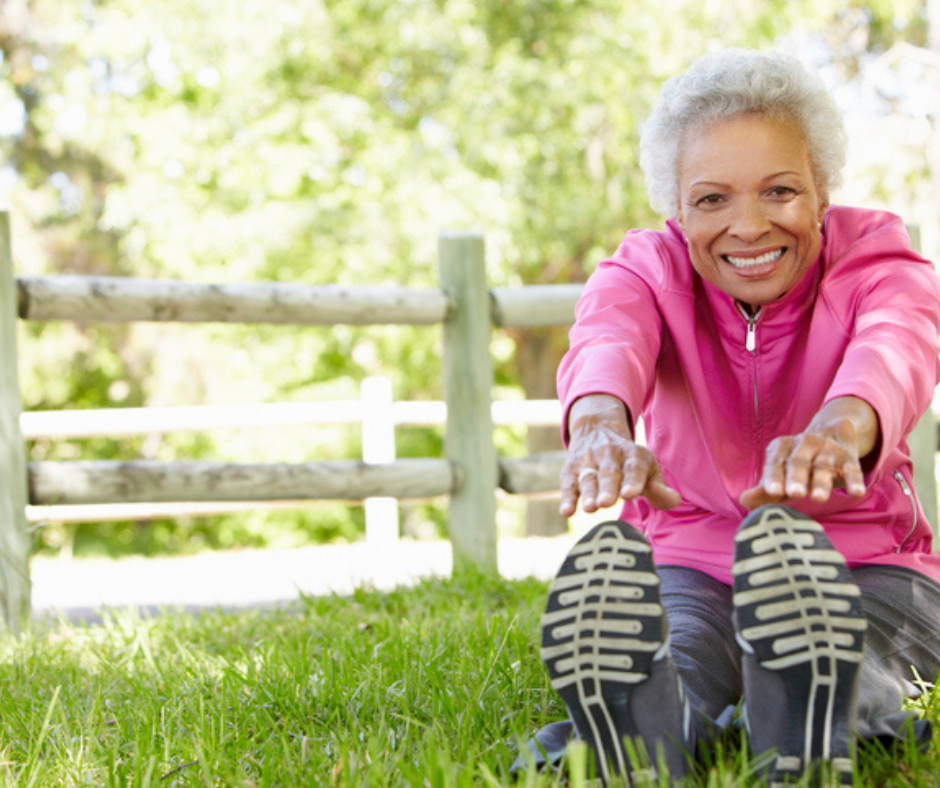
Physical Therapy and Exercise
Physical therapy and exercise can greatly improve mobility for disabled people and seniors. These activities help build strength, flexibility, balance, and well-being.
Tailored Exercise Routines
Exercise routines for disabled people and seniors should be personalized. Your doctor or physical therapist can create a plan that fits your needs and abilities.
Exercises may include:
- Seated arm raises
- Leg lifts
- Chair squats
- Ankle rotations
Start slow and build up over time. Aim for 30 minutes of activity most days of the week. If needed, break this into shorter 10-minute sessions.
Remember to listen to your body. Stop if you feel pain or discomfort. Always check with your doctor before starting a new exercise program.
The Importance of Stretching
Stretching is key to keeping muscles flexible and joints mobile. It can also help reduce pain and stiffness from arthritis.
Try these simple stretches:
- Neck rolls
- Shoulder shrugs
- Gentle back twists
- Hamstring stretches
Hold each stretch for 10-30 seconds. Don’t bounce or force the stretch. Breathe deeply and relax into it.
Stretch daily, especially before and after other exercises. This can help prevent injury and improve your range of motion.
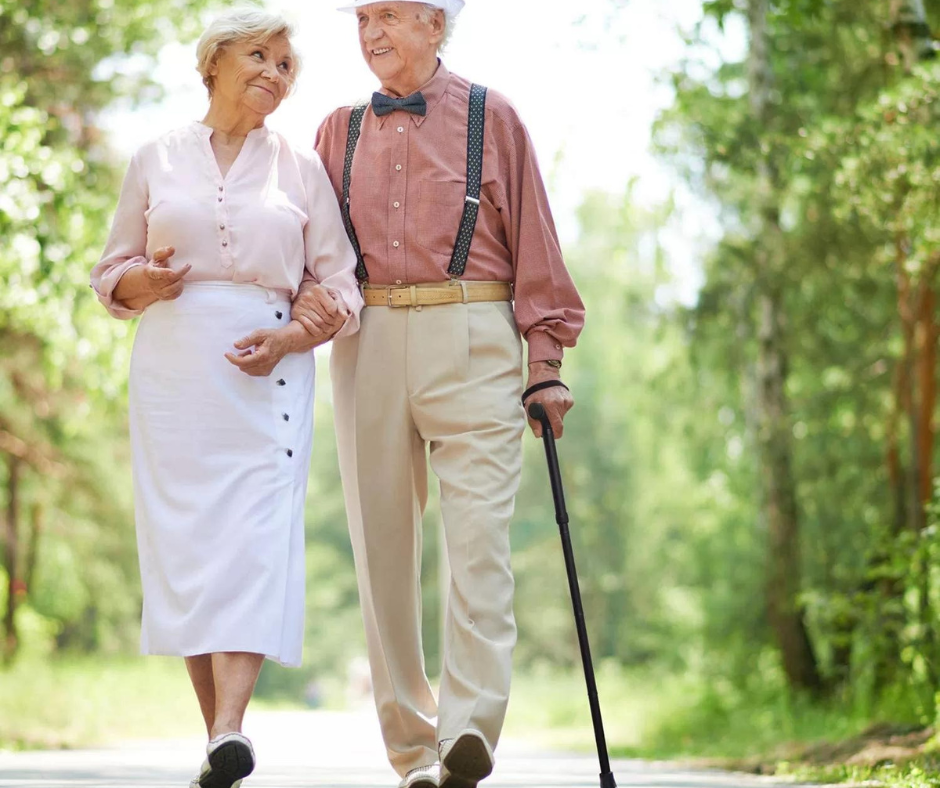
Tai Chi and Balance Improvement
Tai chi is a gentle exercise that can boost balance and stability. It involves slow, flowing movements and deep breathing.
Benefits of tai chi include:
- Better balance
- Reduced fall risk
- Lower stress levels
- Improved mood
Many senior centers offer tai chi classes. You can also find videos online to practice at home. Start with simple moves and work up to more complex ones.
Tai chi is low-impact and easy on the joints, making it a great option for people with arthritis or other mobility issues.
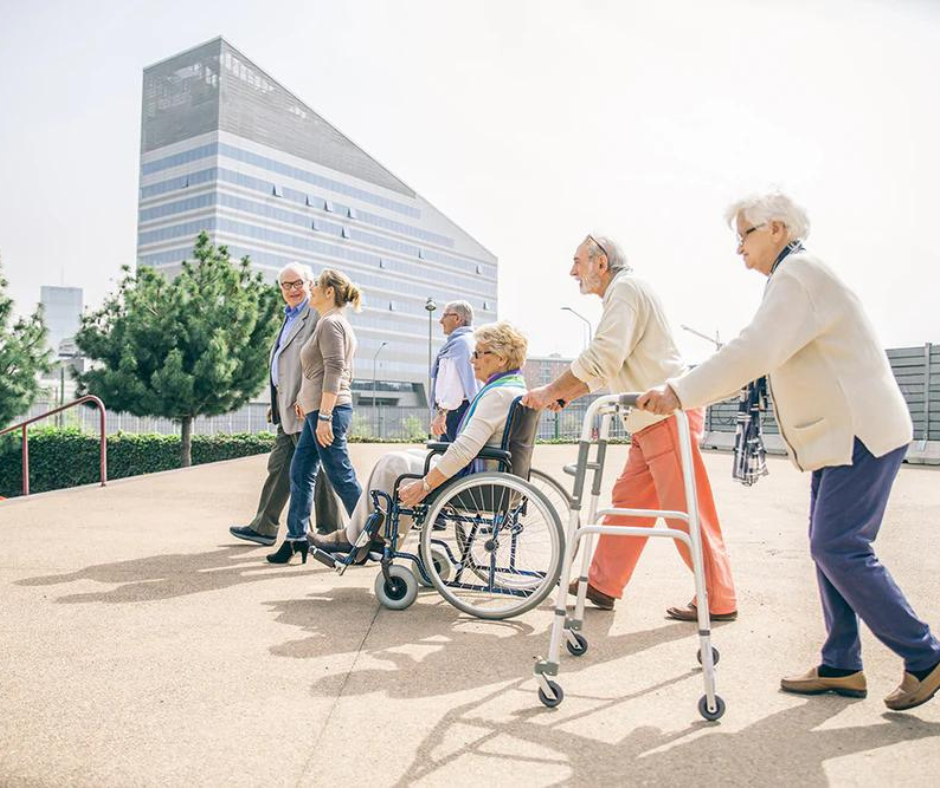
Professional Support and Resources
Expert help can make a big difference for seniors and disabled people who want to stay mobile. Trained professionals offer advice, tools, and treatments to improve movement and quality of life.
Working with Occupational Therapists
Occupational therapists (OTs) help you do everyday tasks more easily. They look at your home and suggest changes to make it safer. OTs can teach you new ways to do things like:
• Getting dressed • Cooking meals • Taking a shower
They also recommend tools to help with daily tasks. These might include:
• Grab bars for the bathroom • Raised toilet seats • Dressing aids
OTs create custom plans to fit your needs and goals. They work with you to practice new skills and build confidence in your abilities.
Consulting with Physical Therapists
Physical therapists (PTs) focus on improving your strength and movement. They design exercise plans to:
• Increase flexibility • Build muscle • Improve balance
PTs teach you how to:
• Use mobility aids like walkers or canes • Get in and out of bed safely • Climb stairs with less effort
They use hands-on treatments and special equipment to reduce pain and stiffness. PTs also show your family how to help you move safely at home.
Navigating Healthcare Resources
Your doctor can connect you with mobility experts and services. They might refer you to:
• Specialists for specific conditions • Home health agencies • Medical equipment providers
Local hospitals often have rehab programs for mobility issues. Some offer:
• Group exercise classes • Support groups • Education sessions
Community centers and senior services may provide:
• Transportation assistance • Home meal delivery • Volunteer visitors
Call your local Area Agency on Aging to learn about programs in your area. They can help you find and apply for the services you need.
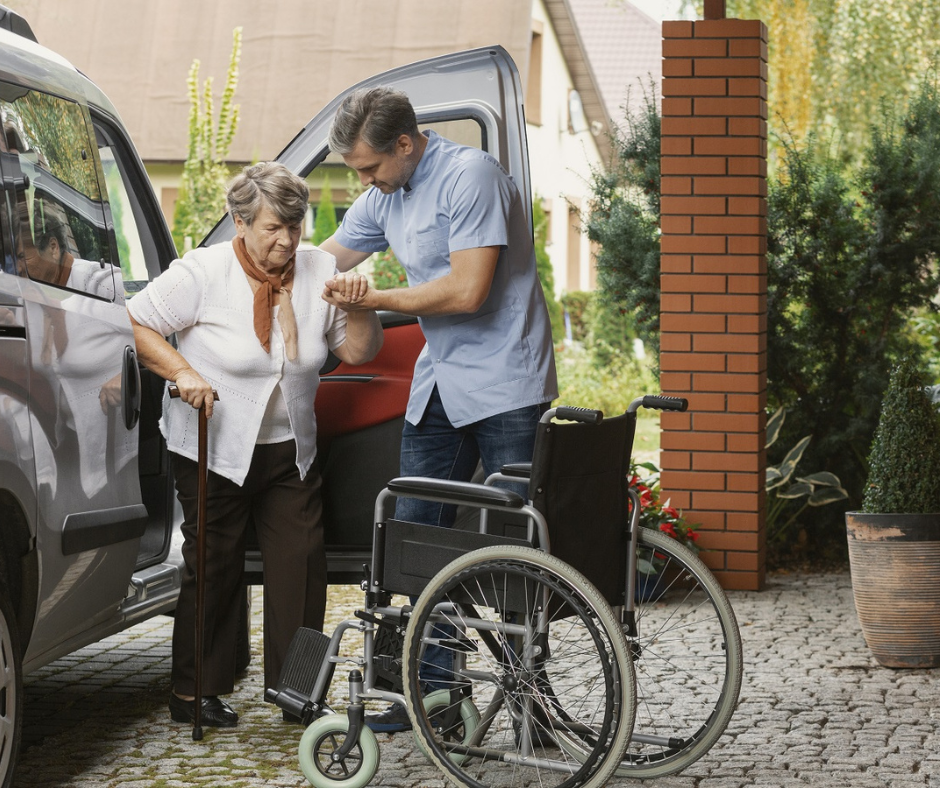
Adaptive Solutions for Home and Transit
Adaptive solutions can greatly improve mobility and independence for disabled individuals and seniors. These modifications and aids make everyday tasks easier and safer.
Home Modifications for Better Mobility
Grab bars are a simple but effective addition to bathrooms and hallways. They provide support when moving around or using the toilet and shower.
Widening doorways allows easier wheelchair access throughout the home. Removing thresholds between rooms also helps prevent tripping.
Ramps can replace stairs at entryways. This lets you enter and exit safely using a wheelchair or walker.
Stairlifts are motorized chairs that carry you up and down stairs. They’re helpful if climbing stairs is difficult or dangerous.
Lowering countertops and cabinets puts things within reach of a seated position. Lever-style door handles are easier to use than round knobs.
Transportation Aids and Solutions
Wheelchair lifts for vehicles let you bring your mobility device with you. They fit in vans, SUVs, and some cars.
Swivel seats make getting in and out of cars easier. They also turn and lower to help people transfer from wheelchairs.
Hand controls allow you to operate a car without using foot pedals. This is useful if you have limited leg mobility.
Wheelchair-accessible vehicles have lowered floors and ramps. You can enter while seated in your wheelchair.
Public transit often has lifts or ramps for boarding. Some areas offer paratransit services with door-to-door rides.
